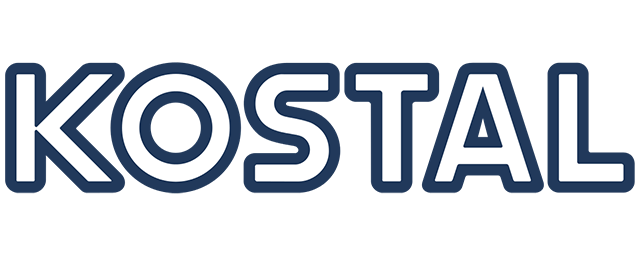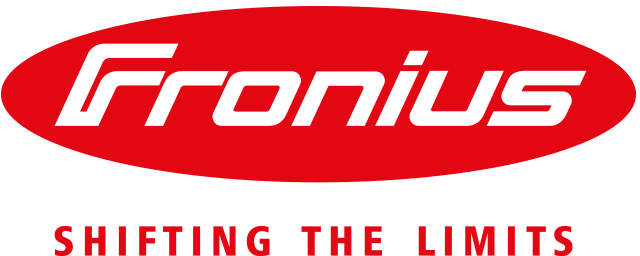Inverters for photovoltaic systems (PV) from specialist wholesalers
A grid-connected inverter is the core of a photovoltaic system. This is also called a photovoltaic system (PV) and produces direct current. However, alternating current is needed to feed it into the public grid and to operate most electrical appliances. The inverter converts the solar power of the photovoltaic system into alternating current.
For grid-connected photovoltaic systems we have PV inverters from the following brand manufacturers in our range: KOSTAL, Fronius, SMA, RCT, SOFAR and FOX ESS. All the devices we offer have maximum efficiency for long-term high yields. This applies to both the single-phase and three-phase inverters, with and without transformers.
The function of the inverter
The DC voltage of the solar current is characterised by a constant strength and direction. AC voltage, however, is sinusoidal. To convert the DC voltage of the photovoltaic system into AC voltage, a process called "pulse width modulation" is used. In this process, the DC voltage is "chopped" and partially rotated in its direction. The pulses created by the chopping are then averaged and filtered. This is done with the help of complex electronic circuits. The result is an alternating voltage with a frequency of 50 Hz.
What tasks does the unit perform?
The PV inverter is not only used to produce alternating current from solar power. Another important component of the device is the so-called MPP tracking. MPP is the abbreviation for Maximum Power Point. The electrical properties of a photovoltaic system change with the strength and direction of the solar radiation and the temperature. MPP tracking now ensures that the solar system always operates in the optimal range. This is essential for the efficiency of the PV system. The solar energy is never converted 100 % into electricity. A good, common value for efficiency today is 98 % to 99 %.
What types of inverters are there?
There are the following classifications for the units:
What must be considered when choosing an inverter?
If possible, a photovoltaic system should face south at an inclination of 35°. This gives the best yield of solar electricity. However, the choice of the right solar inverter is also decisive for the performance of the system. The rated power of the solar system can be up to 10 % higher than the rated power of the solar inverter. If it is even higher, part of the solar energy cannot be converted and is therefore lost. It is also important that the maximum DC voltage of the PV system never exceeds the permissible input voltage of the solar rectifier.







